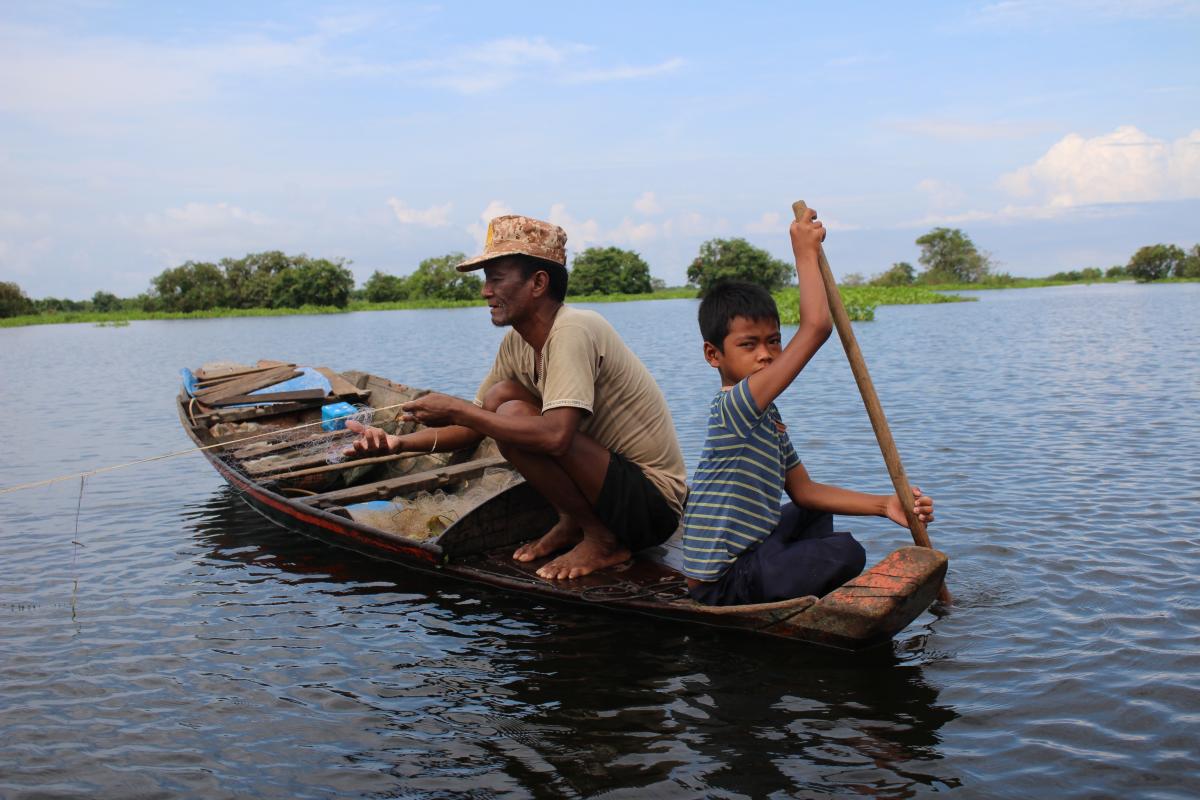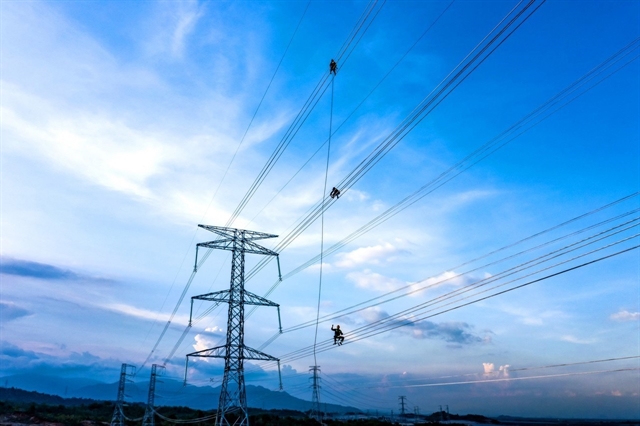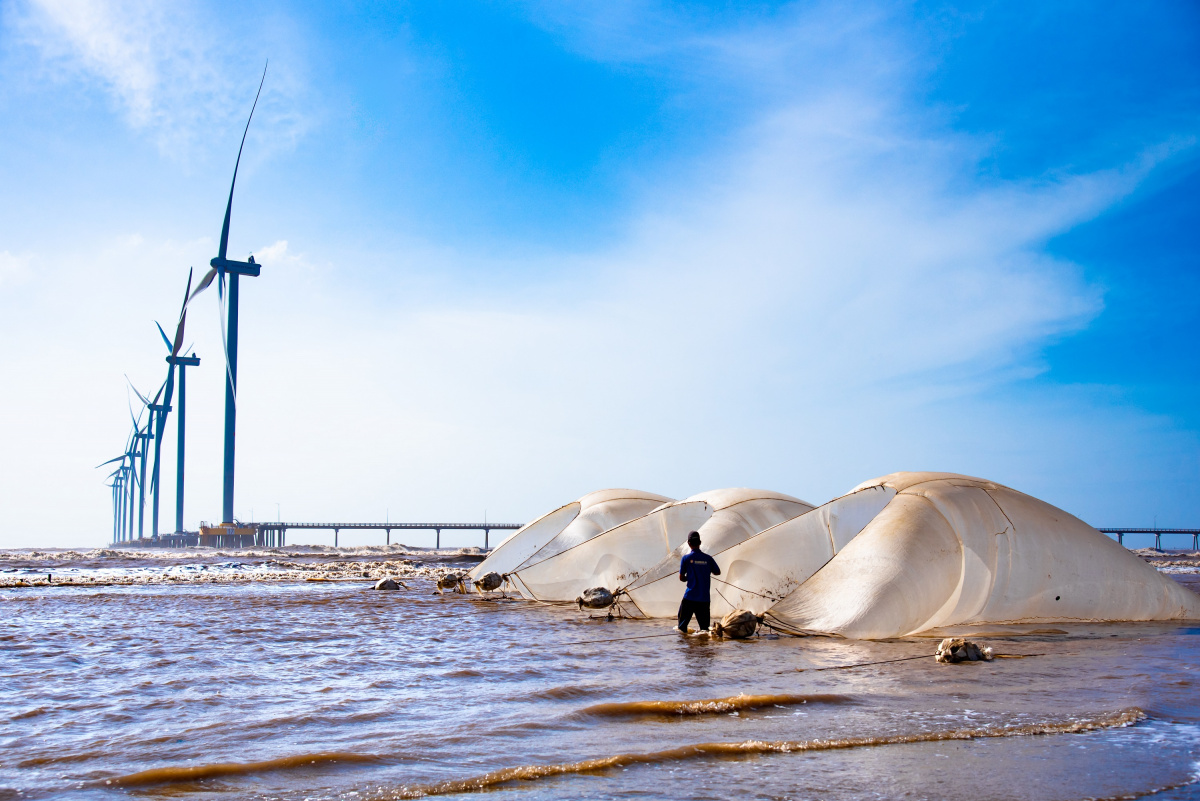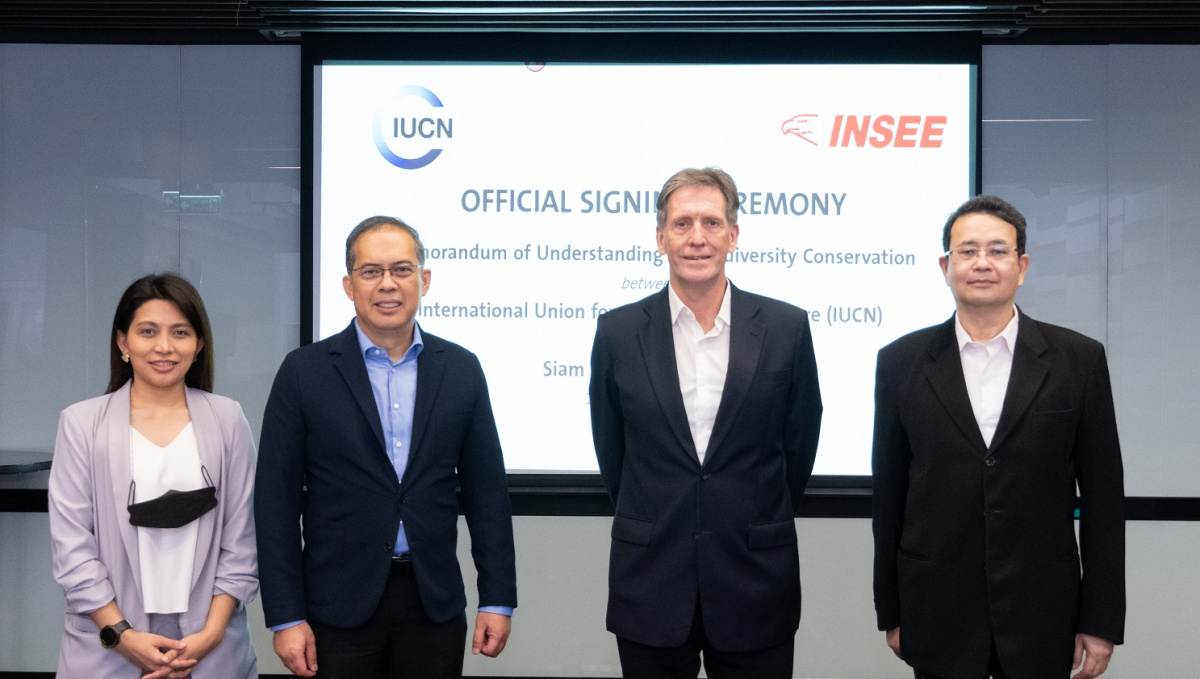Climate change vulnerability assessments predict water scarcity and biodiversity loss in Cambodian wetlands
As part of the Mekong WET project, recent climate change vulnerability assessments conducted by IUCN in Cambodia revealed that wetland communities in three Ramsar sites would face increasing water scarcity issues, extensive crop damage, and a dramatic loss of biodiversity by 2050.

Photo: ©IUCN
According to the assessments conducted in Koh Kapik Ramsar site, Boeung Chhmar Ramsar site, and Boeung Prek Lapouv (BPL) Protected Landscape, climate change projections predict a decrease in rainfall during the dry season and an increase during the other parts of the year. Other impacts include increase in maximum temperatures in the region. Combining these two factors will lead to increased drought in the dry season, putting added stress on water resources and local wetlands.
In Koh Kong Province, projection shows that sea level will rise from 40 to 60 centimetres by the end of the century, leading to erosion and floods in low-lying coastal communities. In addition, stronger and more frequent storms will increase erosion in the canals and waterways used by local communities for transportation.
The projections will be used to determine the climate change vulnerability of key habitats and species at each site.
In Koh Kapik Ramsar site, seagrass beds and catchment forests are identified to be at greatest risk from climate change impacts due to increasing water temperature, storms, sedimentation, and freshwater inflow. The assessment also found that most flagship species are endangered and have become even more vulnerable due to climate change. Although species such as the Irrawaddy dolphin, can adapt to changes within certain limits, the availability of freshwater inputs compounded by sea level rise can have strong implications on its estuarine habitat.
Similarly, other endangered species such as the fishing cat, smooth coaster otter, and hairy-nosed otter will become more vulnerable due to loss of suitable habitats for foraging and breeding.
Within the Boeung Chhmar Ramsar site and the Boeung Prek Lapouv (BPL) Protected Landscape, open water habitats are the most vulnerable due to lower water levels, higher temperatures and stronger winds. Stronger winds can stir up water from the bottom layers and reduce water quality, leading to massive fish kills. Additionally, migratory “white” fish species are more vulnerable to increased temperatures and decreased water quality than resident “black” fish species, which can survive even in water with poor quality.
Climate change also affects flagship species, such as the sarus crane at the BPL site. Their main food source, water chestnut (Eleocharis dulcis) is a keystone species at BPL and relatively resilient to individual weather events. However, the long-term climatic implications of increased periods of drought and hotter dry and wet season temperatures may push the plants beyond their threshold of tolerance.
As part of the assessments, IUCN also conducted community consultations and meetings to understand the impacts of climate change on wetland communities and their livelihoods. The high dependence on wetland resources indicates that changes in temperature and rainfall will have significant impacts on natural resources and people.
Community members in Koh Kapik mentioned that saltwater intrusion poses a threat to freshwater supplies and coastal agriculture, while droughts can lead to declines in fish stock. Fisheries in Boeung Chhmar are also at risk, with villagers reporting that higher water temperatures have negatively affected the survival of caged fish stocks.
In Boeung Prek Lapouv, community members observed that non-climate impacts, such as land encroachment, agricultural runoff, and illegal fishing in the area have far more negative impacts than that of weather events. Future climate change coping mechanisms reported by villagers included raising livestock as an alternative livelihood to rice farming if sourcing water for crop production becomes more difficult.
The results of the assessments will be used in the development of climate change adaptation plans, which will focus on wetland restoration as a means to lessen the impacts of climate change on biodiversity and local communities.
To learn more about the assessment results, view the Climate Change Vulnerability Assessment Summary Reports for Koh Kapik Ramsar site, Boeung Chhmar Ramsar site, and Boeung Prek Lapouv Protected Landscape.
The full reports of the vulnerability assessment studies can be viewed here: Climate Change Assessment for Boeung Prek Lapouv Protected Landscape, Cambodia, Climate Change Assessment for Koh Kapir Ramsar site, Cambodia and Climate Change Assessment for Boeung Chhmar Ramsar site, Cambodia.
______________________
Funded by the International Climate Initiative (IKI) of the German Federal Ministry for the Environment, Nature Conservation, Building and Nuclear Safety (BMUB), and to be implemented until 2020, the “Mekong WET: Building Resilience of Wetlands in the Lower Mekong Region” project aims to build climate resilience by harnessing the benefits of wetlands in Cambodia, Lao PDR, Thailand, and Viet Nam. Mekong WET will help these countries to address their commitments to the Ramsar Convention, an international treaty for the conservation and sustainable use of wetlands, and to achieve the Aichi Biodiversity Targets. The project is also supporting the IBRRI and the implementation of the IBRRI strategic plan 2019-2024.



